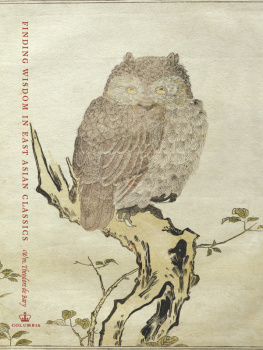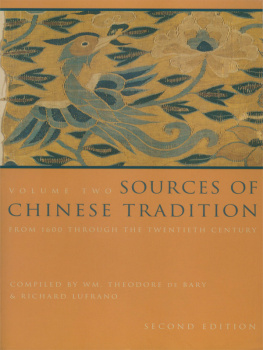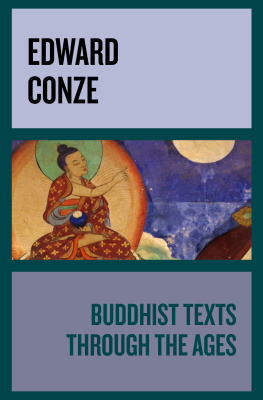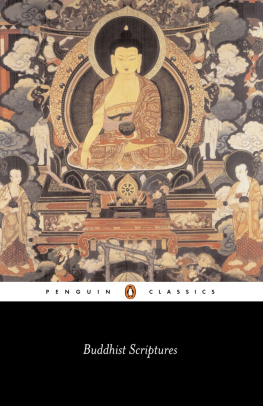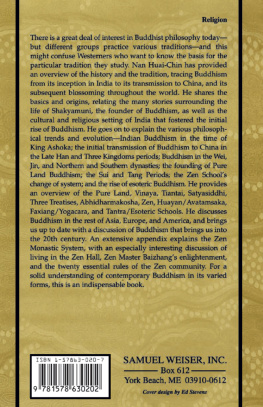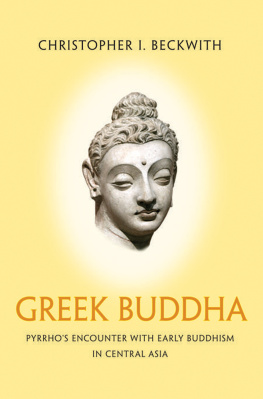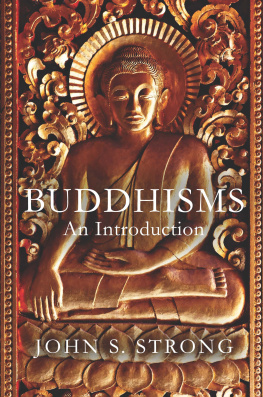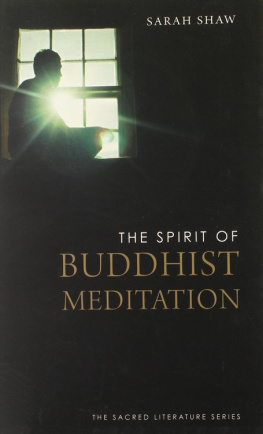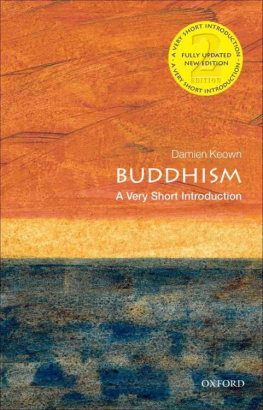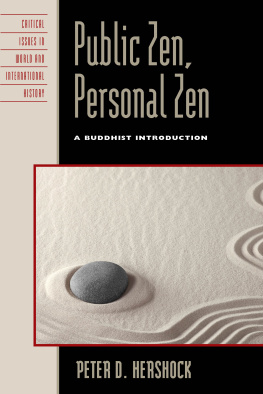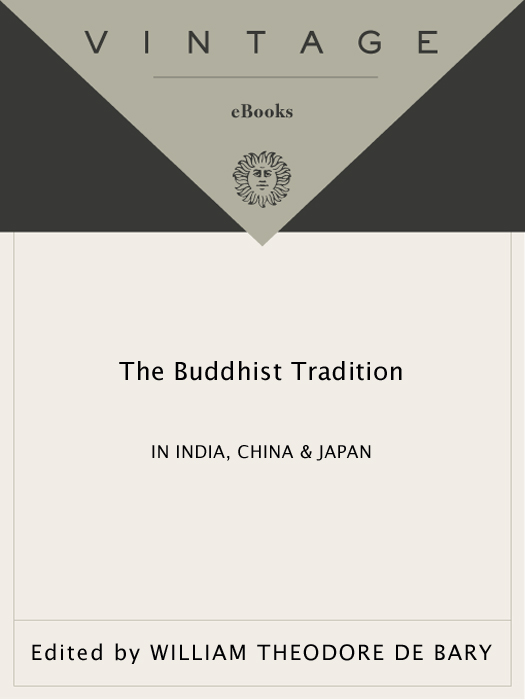VINTAGE BOOKS EDITION, FEBRUARY 1972
Copyright 1969 by William Theodore de Bary
All rights reserved under International and Pan-American Copyright Conventions. Published in the United States by Random House, Inc., New York, and simultaneously in Canada by Random House of Canada Limited, Toronto. Originally published by The Modern Library in 1969.
eISBN: 978-0-307-77879-6
Library of Congress Catalog Card Number: 68-29391
The editor wishes to thank the following for permission to reprint material included in this volume:
Bruno Cassirer (Publishers) Ltd., Oxford, and Harper & Row, New YorkBuddhist Texts Through the Ages, ed. by Edward Conze (1954).
Columbia University PressIntroduction to Oriental Civilizations: Sources of Japanese Tradition (1958), Sources of Indian Tradition (1958), Sources of Chinese Tradition (1960), ed. by W. T. de Bary and others.
Harvard University PressNichiren, The Buddhist Prophet by Anezaki, Masaharu (1930).
v3.1
To
RYUSAKU TSUNODA
PREFACE
The idea of this book is not so much to give an account of Buddhism in its historical development as to let Buddhists give an account of themselves. Excerpts are given here from basic scriptures and the major writings of Buddhist thinkers, with necessary background essays and commentary. For the most part these are texts and thinkers recognized by Buddhists themselves as representing the mainstream of Buddhist thought and practice. There is, of course, an enormous diversity within Buddhism and no fixed standard of orthodoxy. Nevertheless, even differing conceptions of the authentic traditionand each school has some notion of orthodoxyreveal a common ground of discussion. This is what we have tried to present here.
By extending itself over so many culture areas of South and East Asia, Buddhism has established a greater universality than any other religion in that part of the world. It has behind it a long history and, considering the difficulties of transmission and preservation, a remarkable degree of continuity. Over this great span of time and space, however, discontinuities and discrepancies also appear. To the specialist these differences may sometimes seem more significant than the similarities, and he may even doubt whether one can speak of a single Buddhist tradition. Be this as it may, for the reader making a first approach to Buddhism it will be more useful to follow its growth in areas where the sense of a common tradition is strong and where change takes place in some comprehensible relation to what has gone before. For these purposes the line of development from India through China to Japan may provide a relatively coherent picture.
At the same time these great civilizations of Asia have also served as the major diffusion centers of Buddhism. In other words, the central importance of India, China, and Japan in the development of Buddhism also reflects the very high level of culture which each attained and which each imparted to the further growth and spread of the religion.
It would be wrong to imply, however, that they represent the whole of Buddhism, and one can only regret that in a book of this size the varieties of Buddhism found in Southeast Asia, Tibet and Korea could not be included.
To a considerable extent this book is based on the work done for three volumes of readings, Sources of Indian Tradition, Sources of Chinese Tradition, and Sources of Japanese Tradition, published by Columbia University Press. We are grateful to the latter for permission to make substantial excerpts from these volumes. The Sources, however, were concerned with these civilizations as a whole and Buddhism was dealt with only as one aspect of each. To give a more representative picture of Buddhism itself we have added substantially to the original readings, and in some places have revised and reorganized the earlier materials. The editor wishes to acknowledge the debt owed to three editors of the original Sources whose work is still reflected in portions extracted therefrom. They are Wing-tsit Chan, Donald Keene and Burton Watson. The translations from Hsan-chuang () are by Professor Chan. The main contributors to this volume, listed on the title page, have not only translated material in the text; they have brought a great depth of scholarship and acuteness of judgment to their presentation of the material. Their work is identified by their initials alongside the chapter headings in the table of contents.
Wm. Theodore de Bary
New York
EXPLANATORY NOTE
The sources of translations given at the end of each selection are rendered as concisely as possible. Full bibliographical data can be obtained from the list of sources at the end of the book. In the reference at the end of each selection, unless otherwise indicated, the author of the book is the writer whose name precedes the selection. Where excerpts have been taken from existing translations, they have sometimes been adapted or edited in the interests of uniformity with the book as a whole.
Indic words appearing in italics as technical terms or titles of works are rendered in accordance with the standard system of transliteration as found in Louis Renous Grammaire Sanskrite (Paris, 1930), pp. xixiii, with the exception that here is regularly used for . To facilitate pronunciation, other Sanskrit terms and proper names appearing in roman letters are rendered according to the usage of Websters New International Dictionary, Second Edition, Unabridged, except that here the macron is used to indicate long vowels and the Sanskrit symbols for () and are uniformly transcribed as sh. Similarly, the standard Sanskrit transcription of c is given as ch. In connection with Theravda Buddhism, the form of technical terms is that of Pali rather than Sanskrit.
The romanization of Chinese terms has been standardized according to the Wade-Giles system; Japanese terms, according to the Hepburn system; and Korean terms, according to the McCune-Reischauer system. In Part Three Chinese philosophical terms appearing in Japanese texts are given in their Japanese readings except where attention is called to the Chinese original.
Chinese and Japanese names are given in their original order, with the family name first and personal name last.
INTRODUCTION
Buddhism has been known to its followers as both a teaching and a way of deliverance. It has also been a way of life for those so delivered. That is, Buddhism has both freed them from life and freed them for life. In the same way we may speak of Buddhist culture. Though Buddhism has sought to liberate man from the tyranny of culturefrom any essential dependence upon itBuddhism has not failed to manifest its presence in many cultures.
Whether or not Buddhism is also to be considered a religion is a matter of definitions and perhaps of no necessary importance. But many persons do approach it from this standpoint, with a concept of religion based largely on Western experience and yet with genuine eagerness to understand Buddhism in terms of what has been most deeply meaningful in their own spiritual life. To consider, then, the relevance or adequacy of such terms and concepts may not be a useless exercise. Certainly as a way of salvation from oneself and from the world, as an answer to mans finite condition and his longing for transcendence, Buddhism makes claims for itself and claims upon man as final as the other great religions. Yet it also insists on being, in some important ways, different from them.


